At the press conference on the afternoon of September 27, Dr. Tran Thanh Tung, Head of the Department of Hematology, Cho Ray Hospital, said that on July 6, 2022, the Department of Hematology, Cho Ray Hospital received patient O. with a diagnosis of relapsed follicular non-Hodgkin lymphoma resistant to many regimens.
Medical history revealed that the patient had lymph nodes in his neck and went to the doctor. The diagnosis was lymphoma. At the first medical facility, the patient was treated with chemotherapy alone.
After 4 years, the patient relapsed twice and received chemotherapy, the disease still responded. In 2021, the patient relapsed for the third time, at this time the treatment was no longer responsive.
At Cho Ray Hospital, assessing this as a case of relapsed and resistant lymphoma, the treatment team decided to choose new treatment methods for the patient. Therefore, after consultation, the treatment team decided to simultaneously perform 2 techniques of myeloablative conditioning regimen with total body radiation therapy (TBI) to treat the patient.

Cho Ray Hospital doctors share at press conference
According to the treatment team, if you want to completely treat cancer cells, first, the patient needs to undergo chemotherapy to clean up the cancer cells. Then, TBI is like a weapon that will wipe out the remaining cells hidden in the body. Finally, the patient will be transplanted with new blood cells and will be (cured) stably. Therefore, patient O. was applied a treatment regimen with 3 consecutive days of whole body radiation therapy, twice a day (morning and afternoon), each time from 35 - 40 minutes.
After treatment, the patient was monitored and underwent allogeneic stem cell transplantation. After 30 days of stem cell transplantation, the patient was evaluated as having successfully undergone the transplant and was discharged 45 days after the transplant.
Currently, after treatment, the patient's health is stable, he has gone to work and returned to his daily life.

TBI total body radiotherapy
Dr. Nguyen Tri Thuc, Director of Cho Ray Hospital, said that it can be said that, with the pioneering role of simultaneously combining two advanced, specialized techniques to successfully treat patients with lymphoma, Cho Ray Hospital has opened up opportunities for cancer patients, because this method has fewer side effects, fewer complications and shorter hospital stays... In the future, it is hoped that there will be a combination between Cho Ray Hospital and hematology hospitals to increase the effectiveness of treatment for patients with leukemia, contributing to improving the quality of life for patients.
Dr. Le Tuan Anh, Director of the Oncology Center, Cho Ray Hospital, said that the reason for having to perform whole-body radiation therapy is because of the characteristics of lymphoma, cancer cells infiltrate the blood vessels, even in locations such as the testicles, cancer cells are difficult to find. Therefore, it is necessary to perform whole-body radiation therapy to help destroy cancer cells completely.
Doctor CK II Le Phuoc Dam, Department of Hematology, said that normally an allogeneic stem cell transplant costs between 200 and 400 million VND. In this patient's case, the total cost was 270 million VND, of which 170 million was paid by insurance, and the patient only paid about 100 million VND.
In addition, applying the TBI method with few complications, the hospital stay is only 1.5 months, while previously it usually took 2-3 months.
What is TBI?
Dr. Tran Thanh Tung said that TBI is a method that has been around since 1900 in the world and has been prescribed in cancer treatment since 1950. TBI is prescribed to treat some cancers that have spread throughout the body such as hematological cancers, acute leukemia or lymphoma with metastases to many lymph nodes. TBI stands for Total Body Irradiation, which is whole body radiation therapy. With the advantage of radiation therapy at all locations in the body to control cancer cells, it helps to overcome some of the disadvantages of conventional chemotherapy.
Stem cell transplantation means taking stem cells from the patient and transfusing them. There are two methods: autotransplantation (taking the patient's own stem cells) and allogeneic transplantation (also called allogeneic transplantation, which means taking stem cells from a person who is compatible with the patient and transfusing them to the patient). Patient O. relapsed and was resistant to treatment, so his own stem cells could not be taken because there were still cancer cells in his blood. Therefore, it was necessary to apply the allogeneic stem cell transplantation method. Fortunately, the patient's sister had suitable indicators and donated stem cells to patient O.
Source link




![[Photo] President Luong Cuong receives US Secretary of War Pete Hegseth](https://vphoto.vietnam.vn/thumb/1200x675/vietnam/resource/IMAGE/2025/11/02/1762089839868_ndo_br_1-jpg.webp)
![[Photo] Lam Dong: Images of damage after a suspected lake burst in Tuy Phong](https://vphoto.vietnam.vn/thumb/1200x675/vietnam/resource/IMAGE/2025/11/02/1762078736805_8e7f5424f473782d2162-5118-jpg.webp)


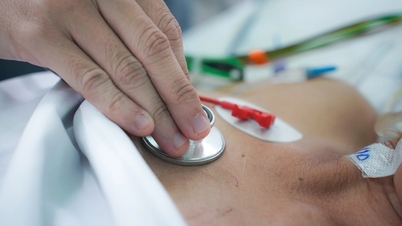



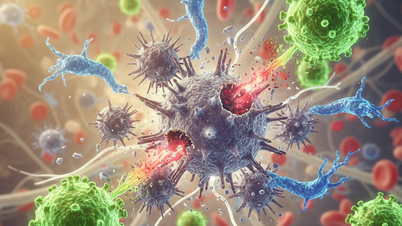




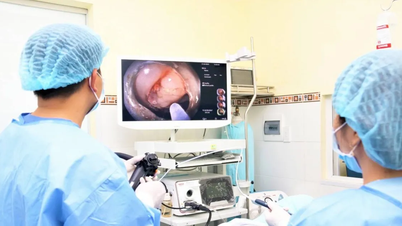


























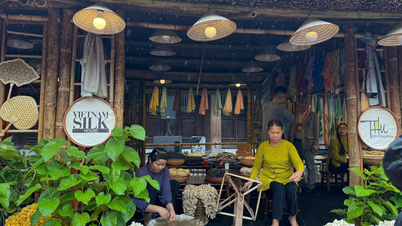















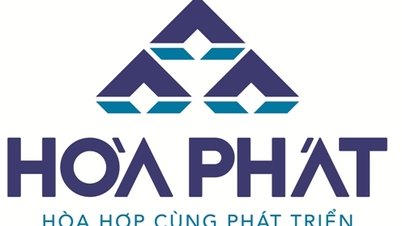












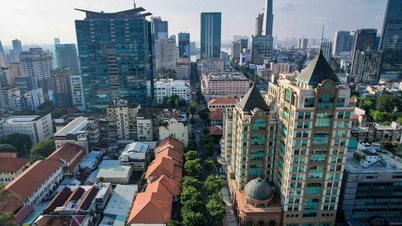




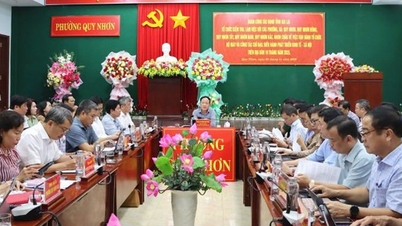









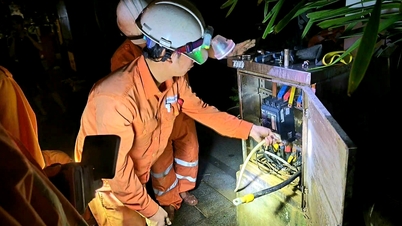
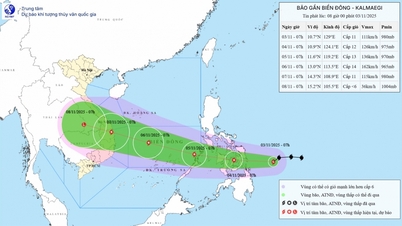
















Comment (0)